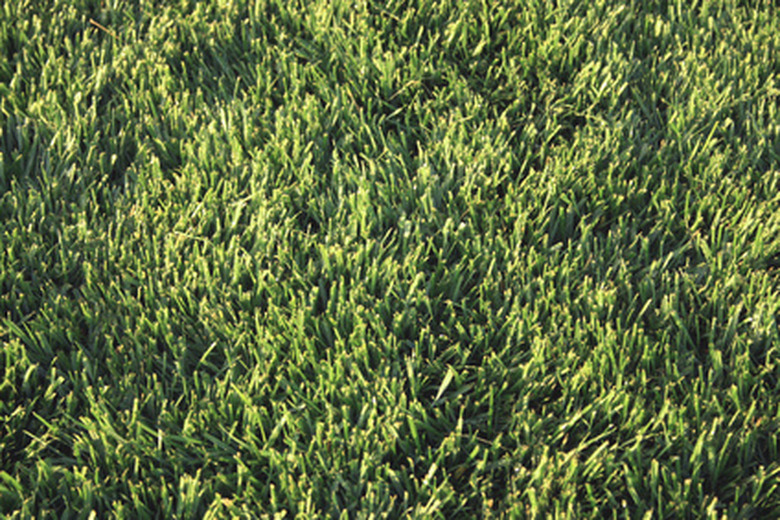New Sod Problems
Sod provides immediate gratification in improving a landscape, often yielding a beautiful and healthy lawn. Sod is grown under ideal conditions in a variety of mixtures for different shade and sun, and local soil conditions. Most sod farms practice exceptional turfgrass management techniques. Sodding a new lawn is a plant transplant process. Most problems arise when this simple fact is forgotten.
Improper Soil Preparation and Amendment
One of the most common causes of new sod problems is poor soil preparation and amendment. A soil lab report is inexpensive and includes specific recommendations. Preparing sod requires the same attention to tilling and leveling the soil, adding organic and inorganic materials, and providing starter fertilizer nutrients as a seeded or hydromulched lawn. Sod cannot be laid on unprepared soil and expected to grow.
- Sod provides immediate gratification in improving a landscape, often yielding a beautiful and healthy lawn.
- Preparing sod requires the same attention to tilling and leveling the soil, adding organic and inorganic materials, and providing starter fertilizer nutrients as a seeded or hydromulched lawn.
Wrong Turfgrass Blend
The seed blend of the sod has to match soil conditions, as well as shade and sun situations. Sod that consists of grasses that do best in full sun will never thrive under trees or in other heavy-shade situations. Some deeper-rooted grass hybrids tend to do better in clay soils than others, so it's important to check with a sod farm or landscaper for the best mix.
Sod Is Too Old
Sod comes mowed short and trimmed fairly thin. It has very little soil attached to its root systems. Trimming it this way makes it lighter and easier to handle, but it leaves root systems—already in shock from the process—subject to rapid damage from heat and dehydration. Sod harvested within a day or so of when it is to be laid offers the best and quickest chance of establishing a healthy lawn.
- The seed blend of the sod has to match soil conditions, as well as shade and sun situations.
- Some deeper-rooted grass hybrids tend to do better in clay soils than others, so it's important to check with a sod farm or landscaper for the best mix.
Watering Delayed
Sod typically isn't watered once it leaves the sod farm. As a result, sod must be watered as soon as possible. Too often a new lawn installation isn't watered until the entire lawn is laid. Then, the sprinklers are turned on. However, this adds additional stress to already shocked root systems on the new sod that has been rolled out, drying in the sun for hours while the entire installation is completed. It's important to water new sod lawns as they are laid. This speeds establishment, reduces problems and protects the investment in choosing sod as a lawn option.
- Sod typically isn't watered once it leaves the sod farm.
- However, this adds additional stress to already shocked root systems on the new sod that has been rolled out, drying in the sun for hours while the entire installation is completed.
"Floating" Sod
The objective in laying sod is to get the roots to reach into the soil, establishing the lawn as quickly as possible. Poor contact between the sod layer and the soil causes the sod to "float" on the surface. A roller, filled halfway with water, contains enough weight to press the sod layer into well prepared and moistened soil, giving it the best chance of establishing.
Considerations
Watering new sod is a balancing act. Too little or too much water can damage new sod. In the first few days after installation, the new lawn should be watered two or three times per day, just to keep the sod layer alive. The sod should start to send roots into the soil around 10 days after planting. At this time, shift to less frequent, longer duration and deeper watering to encourage deep root development and drought resistance.
- The objective in laying sod is to get the roots to reach into the soil, establishing the lawn as quickly as possible.
- The sod should start to send roots into the soil around 10 days after planting.
Caution
We all hate those "Keep Off the Grass" signs but in its early days, sod is just a thin spongy layer of wet grass and delicate, shocked roots. Walking or playing on it too much will just compress the sod into a thinner layer that will struggle to survive. The newly prepared soil also compacts too soon with too much traffic, making it nearly impossible for the sod roots to reach down into the soil and establish.
